Home>Renovation & DIY>Home Renovation Guides>How To Remove Raccoons From A Crawl Space
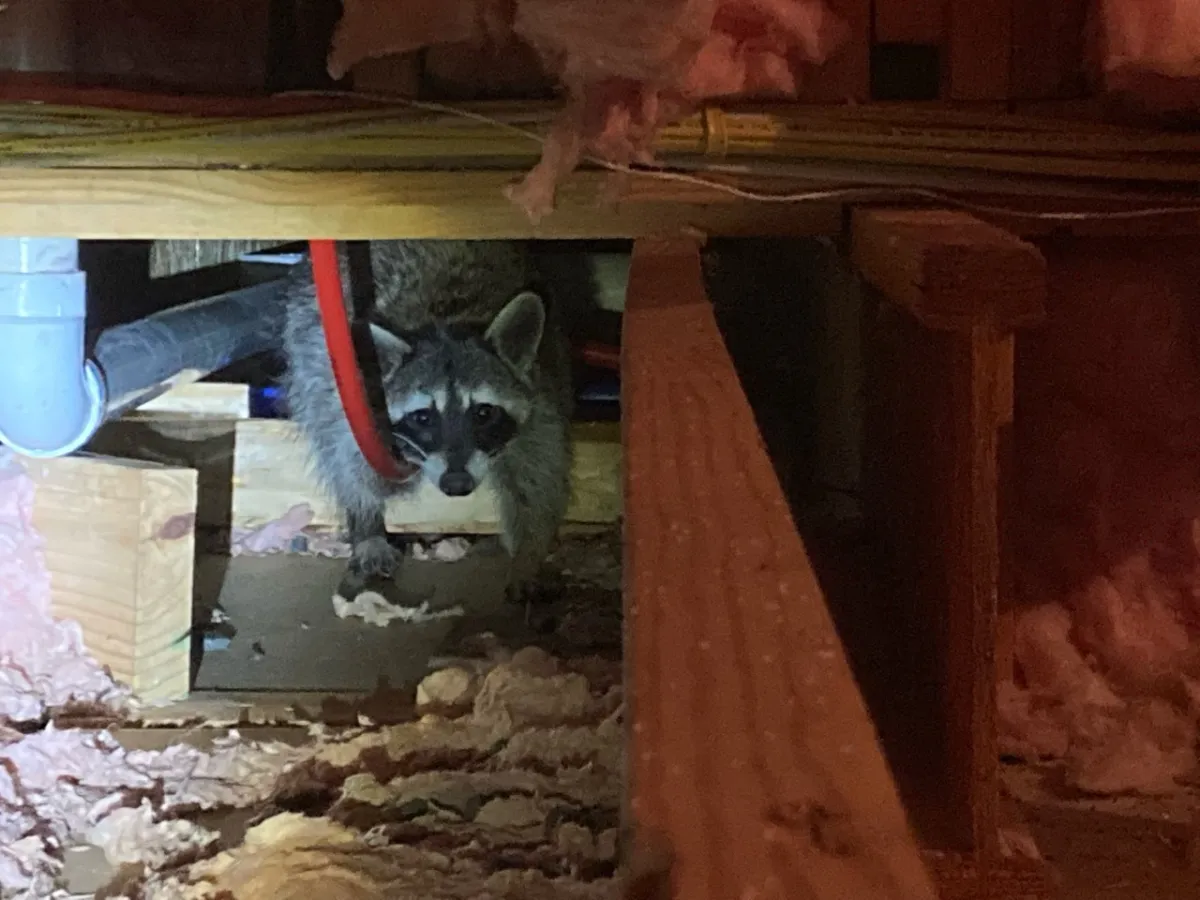

Home Renovation Guides
How To Remove Raccoons From A Crawl Space
Modified: February 18, 2024
Learn effective methods for removing raccoons from your crawl space in this comprehensive home renovation guide. Keep your home safe and secure with expert tips and advice.
(Many of the links in this article redirect to a specific reviewed product. Your purchase of these products through affiliate links helps to generate commission for Storables.com, at no extra cost. Learn more)
Introduction
Dealing with a raccoon infestation in your crawl space can be a daunting and unsettling experience. Raccoons are notorious for causing damage to property and posing health risks to humans and pets. As such, it's crucial to address this issue promptly and effectively. In this comprehensive guide, we will explore the necessary steps to safely and humanely remove raccoons from your crawl space, as well as prevent future infestations.
Raccoons are highly adaptable creatures known for their intelligence and dexterity. They are skilled climbers and can easily gain access to vulnerable areas of a home, including crawl spaces. Once inside, raccoons can cause extensive damage by tearing insulation, chewing through electrical wiring, and leaving behind unsanitary droppings. Moreover, their presence can lead to the spread of diseases such as rabies and roundworm, posing a serious threat to the well-being of occupants.
In addition to the physical damage they can cause, raccoons are also known for their noisy and disruptive behavior. Their nocturnal activities, including scratching, thumping, and vocalizations, can disrupt the peace and tranquility of a home, leading to sleep disturbances and heightened anxiety for residents.
Given these potential risks and inconveniences, it's imperative to address a raccoon infestation in a timely and systematic manner. By following the guidelines outlined in this guide, homeowners can regain control of their crawl space and create a safe, habitable environment for themselves and their families. Let's delve into the process of identifying, assessing, and ultimately removing raccoons from a crawl space, as well as implementing preventive measures to safeguard against future infestations.
Key Takeaways:
- Dealing with raccoons in your crawl space can be risky and disruptive. Look out for signs like visual evidence, property damage, foul odors, and unexplained health issues to identify and address the problem promptly.
- To safely remove raccoons, create a plan that includes humane removal methods, professional assistance, safety measures, sealing entry points, and ongoing monitoring. Prevent future infestations by sealing entry points, installing barriers, maintaining landscaping, securing trash, and seeking wildlife experts’ advice.
Read more: How To Remove Mold From Crawl Space Joists
Identifying the Problem
Identifying a raccoon infestation in your crawl space is the crucial first step in addressing the issue effectively. There are several telltale signs that can indicate the presence of raccoons in this area of your home. By being vigilant and observant, homeowners can promptly detect and address the problem before it escalates.
Visual and Auditory Clues
One of the most noticeable indicators of a raccoon infestation is visual evidence of their presence. This can include sightings of raccoons entering or exiting the crawl space, particularly during the evening or early morning hours when they are most active. Additionally, homeowners may observe paw prints, feces, or nesting materials near the entrance to the crawl space, providing clear evidence of raccoon activity.
In addition to visual cues, auditory signals can also point to a raccoon infestation. Raccoons are known for their vocalizations, which can range from chattering and growling to high-pitched squeals. If you hear unusual sounds emanating from the crawl space, particularly during the night, it may indicate the presence of raccoons.
Property Damage
Raccoons are notorious for their destructive behavior, and their presence in the crawl space can result in visible damage to the property. This can include torn insulation, damaged ductwork, and gnawed electrical wiring. Furthermore, raccoons may create entry points by tearing through vents or screens, allowing them to gain access to the crawl space.
Foul Odors
The accumulation of raccoon feces and urine in the crawl space can lead to foul odors permeating the area. If you detect a strong, unpleasant smell emanating from the crawl space, it may indicate the presence of raccoons and the need for immediate action.
Unexplained Health Issues
In some cases, the presence of raccoons in the crawl space may lead to unexplained health issues among occupants. This can include respiratory problems, allergic reactions, or symptoms of diseases transmitted by raccoons. If you or your family members experience unexplained health issues that seem to be linked to the crawl space, it's essential to consider the possibility of a raccoon infestation.
By remaining vigilant and attentive to these signs, homeowners can effectively identify a raccoon infestation in their crawl space and take the necessary steps to address the problem promptly and decisively.
Assessing the Situation
Assessing the situation is a critical phase in dealing with a raccoon infestation in your crawl space. This step involves a thorough evaluation of the extent of the infestation, the potential entry points utilized by the raccoons, and any existing damage to the crawl space. By conducting a comprehensive assessment, homeowners can gain valuable insights that will inform their removal plan and preventive measures.
Surveying the Crawl Space
The first step in assessing the situation is to survey the crawl space itself. This involves gaining access to the area and carefully inspecting the interior for signs of raccoon activity. It's essential to approach this task with caution, as raccoons may still be present in the crawl space and could pose a threat if startled or cornered. Using appropriate safety gear, such as gloves and a mask, is advisable to minimize exposure to potential hazards.
During the survey, homeowners should look for visual evidence of raccoon presence, including feces, nesting materials, and any damage to the crawl space structure. Additionally, it's important to assess the overall condition of the crawl space, including the insulation, wiring, and ventilation systems, to determine the extent of any damage caused by the raccoons.
Identifying Entry Points
Identifying the entry points used by raccoons to access the crawl space is crucial in preventing future infestations. Raccoons are adept at finding vulnerabilities in a home's exterior and exploiting them to gain entry. Common entry points include damaged vents, gaps in the foundation, and compromised access doors. By identifying these entry points, homeowners can take proactive measures to secure and fortify these areas, effectively denying raccoons access to the crawl space in the future.
Read more: How To Keep Raccoon Out Of Garden
Assessing Damage and Health Risks
Assessing the damage caused by raccoons in the crawl space is essential for determining the scope of necessary repairs and cleanup efforts. This includes evaluating the condition of insulation, wiring, and any structural components that may have been compromised by the raccoons. Additionally, assessing the potential health risks posed by the infestation is crucial, as raccoons can transmit diseases through their droppings and urine. Understanding these risks is essential for implementing appropriate safety measures during the removal and cleanup process.
By conducting a thorough assessment of the situation, homeowners can gather the information needed to develop a targeted removal plan and implement preventive measures to safeguard against future raccoon infestations. This proactive approach sets the stage for a successful and lasting resolution to the issue at hand.
Creating a Removal Plan
Creating a removal plan to address a raccoon infestation in your crawl space requires a strategic and systematic approach. This plan serves as a roadmap for safely and effectively removing the raccoons from the area while minimizing potential risks to both the homeowners and the animals. By following a well-defined removal plan, homeowners can navigate the process with confidence and ensure a successful outcome.
Utilizing Humane Removal Methods
When devising a removal plan, prioritizing humane methods is paramount. It's essential to consider the well-being of the raccoons and avoid causing them unnecessary harm. Humane removal techniques may involve the use of live traps, which allow raccoons to be captured without causing injury. Once captured, the raccoons can be safely relocated to a suitable habitat away from residential areas, ensuring their survival while addressing the infestation.
Engaging Professional Assistance
In many cases, enlisting the expertise of wildlife removal professionals is advisable. These professionals possess the knowledge, experience, and specialized equipment necessary to safely and effectively remove raccoons from crawl spaces. By engaging their services, homeowners can benefit from expert guidance throughout the removal process, ensuring that the infestation is addressed with precision and care.
Implementing Safety Measures
Prioritizing safety measures is a fundamental aspect of the removal plan. This includes taking precautions to minimize direct contact with raccoons and their waste, as well as utilizing personal protective equipment, such as gloves and masks, to reduce the risk of exposure to potential hazards. Additionally, ensuring that the crawl space is well-ventilated during the removal process can help mitigate the spread of airborne contaminants.
Sealing Entry Points
As part of the removal plan, sealing off the entry points used by the raccoons is essential to prevent future infestations. This may involve repairing damaged vents, reinforcing access doors, and addressing any structural vulnerabilities that could be exploited by raccoons. By fortifying these entry points, homeowners can effectively deter raccoons from re-entering the crawl space, thereby safeguarding their property against future infestations.
Monitoring and Follow-Up
After the raccoons have been successfully removed from the crawl space, ongoing monitoring and follow-up are crucial. This involves inspecting the crawl space periodically to ensure that no new signs of raccoon activity emerge. Additionally, conducting follow-up repairs and maintenance to reinforce the integrity of the crawl space can further reduce the likelihood of future infestations.
By creating a comprehensive removal plan that encompasses humane methods, professional assistance, safety measures, entry point sealing, and ongoing monitoring, homeowners can effectively address a raccoon infestation in their crawl space while minimizing the risk of recurrence. This proactive approach sets the stage for a successful resolution to the infestation, allowing homeowners to reclaim a safe and secure living environment.
Implementing Removal Techniques
Implementing removal techniques to address a raccoon infestation in your crawl space requires a strategic and methodical approach. By following proven techniques, homeowners can effectively remove raccoons from the area while prioritizing safety and humane treatment of the animals. Here's a detailed look at the essential steps involved in implementing removal techniques:
Read more: How To Inspect A Crawl Space
Live Trapping
Live trapping is a widely recognized and humane method for removing raccoons from crawl spaces. This technique involves the use of specially designed traps that allow raccoons to be captured without causing them harm. When implementing live trapping, it's crucial to position the traps strategically near the entry points or areas where raccoon activity has been observed. Baiting the traps with enticing food, such as canned cat food or marshmallows, can increase their effectiveness. Once a raccoon is captured, it should be handled with care and transported to a suitable release site, preferably in consultation with local wildlife authorities.
Professional Assistance
Engaging the services of wildlife removal professionals can significantly enhance the effectiveness of removal techniques. These professionals possess the expertise, experience, and specialized equipment necessary to safely and efficiently remove raccoons from crawl spaces. By enlisting their assistance, homeowners can benefit from expert guidance throughout the removal process, ensuring that the infestation is addressed with precision and care. Professional wildlife removal services can also provide valuable insights into preventive measures to deter future infestations.
Safe Handling and Relocation
When implementing removal techniques, it's essential to prioritize the safe handling and relocation of captured raccoons. Handling raccoons with caution and using appropriate safety gear, such as thick gloves and protective clothing, is crucial to minimize the risk of injury or exposure to potential hazards. Once captured, raccoons should be promptly relocated to a suitable habitat away from residential areas, ensuring their survival while addressing the infestation. It's important to adhere to local regulations and guidelines regarding the relocation of wildlife to ensure compliance with legal requirements.
Environmental Considerations
During the removal process, homeowners should consider the environmental impact of their actions. This includes ensuring that removal techniques do not disrupt the natural ecosystem or pose risks to other wildlife species. By adopting environmentally conscious practices, such as using biodegradable cleaning agents and minimizing disturbances to the surrounding habitat, homeowners can mitigate the ecological footprint of the removal process.
Read more: How To Maintain A Crawl Space
Documentation and Reporting
Maintaining detailed documentation of the removal process, including the capture and relocation of raccoons, can provide valuable insights for future reference. This documentation can include the dates and locations of capture, the condition of the raccoons upon relocation, and any observations related to their behavior. Additionally, reporting the removal of raccoons to local wildlife authorities or relevant agencies can contribute to ongoing efforts to monitor and manage wildlife populations effectively.
By implementing these removal techniques with precision and care, homeowners can effectively address a raccoon infestation in their crawl space while prioritizing the safety and well-being of both the occupants and the animals. This proactive approach sets the stage for a successful resolution to the infestation, allowing homeowners to restore a safe and harmonious living environment.
Preventing Future Infestations
Preventing future raccoon infestations in your crawl space is essential for maintaining a secure and habitable home environment. By implementing proactive measures, homeowners can significantly reduce the risk of recurring infestations and safeguard their property against the disruptive presence of raccoons. Here's a detailed exploration of the strategies and practices that can effectively prevent future infestations:
Seal Entry Points
Securing and sealing off potential entry points used by raccoons is a fundamental step in preventing future infestations. This involves conducting a thorough inspection of the exterior of the home to identify vulnerabilities such as damaged vents, gaps in the foundation, and compromised access doors. By promptly repairing and reinforcing these entry points, homeowners can effectively deny raccoons access to the crawl space, thereby reducing the likelihood of future infestations.
Install Protective Barriers
Installing protective barriers, such as hardware cloth or wire mesh, over vulnerable areas of the crawl space can serve as a deterrent to raccoons seeking entry. These barriers can be strategically placed over vents, openings, and other potential access points to fortify the integrity of the crawl space. By creating physical barriers that prevent raccoons from gaining entry, homeowners can effectively minimize the risk of infestations.
Read more: How To Remove Stains From Furniture
Maintain Landscaping
Maintaining the landscaping around the home can contribute to preventing raccoon infestations. Overgrown vegetation, cluttered outdoor spaces, and unkempt landscaping can provide hiding spots and shelter for raccoons, making the property more attractive to these animals. By keeping the yard well-maintained, removing debris, and trimming overhanging branches, homeowners can create a less hospitable environment for raccoons, reducing the likelihood of them seeking refuge in the crawl space.
Secure Trash and Food Sources
Raccoons are attracted to readily available food sources, including unsecured trash bins and pet food left outdoors. By securely containing trash in raccoon-proof bins and bringing pet food indoors, homeowners can eliminate potential food incentives for raccoons to frequent the property. This proactive measure can discourage raccoons from lingering in the vicinity of the home, thereby reducing the likelihood of them seeking entry into the crawl space.
Implement Routine Inspections
Regularly inspecting the crawl space and the exterior of the home for signs of potential vulnerabilities or raccoon activity is essential for early detection and intervention. By conducting routine inspections, homeowners can promptly identify and address any emerging issues that could compromise the integrity of the crawl space. This proactive approach enables homeowners to stay ahead of potential infestation risks and take corrective actions as needed.
Consult with Wildlife Experts
Seeking guidance and advice from wildlife experts or local wildlife management authorities can provide valuable insights into preventing raccoon infestations. These professionals can offer recommendations tailored to the specific environmental factors and wildlife dynamics in the area. By leveraging their expertise, homeowners can gain a deeper understanding of effective preventive measures and best practices for coexisting with wildlife in a residential setting.
By incorporating these preventive measures into their home maintenance routine, homeowners can effectively minimize the risk of future raccoon infestations in their crawl space. This proactive and vigilant approach not only protects the property from potential damage but also contributes to creating a harmonious and secure living environment for the entire household.
Read more: How To Remove Grass From Garden
Conclusion
Successfully addressing a raccoon infestation in your crawl space requires a proactive and systematic approach that prioritizes safety, humane treatment of the animals, and preventive measures. By identifying the signs of a raccoon infestation, conducting a thorough assessment, creating a comprehensive removal plan, implementing targeted removal techniques, and establishing preventive measures, homeowners can effectively reclaim their crawl space and prevent future infestations.
The process begins with vigilant observation and recognition of visual and auditory cues that indicate the presence of raccoons in the crawl space. By being attentive to property damage, foul odors, and unexplained health issues, homeowners can promptly identify the need for further investigation and intervention.
Assessing the situation involves a comprehensive survey of the crawl space, identification of entry points, and evaluation of potential damage and health risks. This critical step provides valuable insights that inform the development of a targeted removal plan and guide the implementation of preventive measures.
Creating a removal plan involves prioritizing humane removal methods, engaging professional assistance, implementing safety measures, sealing entry points, and establishing a monitoring and follow-up protocol. By following a well-defined plan, homeowners can navigate the removal process with confidence and precision.
Implementing removal techniques, such as live trapping and safe handling and relocation, requires careful execution and consideration of environmental impact. By prioritizing the well-being of both the occupants and the raccoons, homeowners can effectively address the infestation while minimizing potential risks.
Preventing future infestations involves sealing entry points, installing protective barriers, maintaining landscaping, securing trash and food sources, implementing routine inspections, and seeking guidance from wildlife experts. By incorporating these proactive measures into their home maintenance routine, homeowners can significantly reduce the risk of recurring infestations and create a secure living environment.
In conclusion, addressing a raccoon infestation in your crawl space is a multifaceted endeavor that demands attention to detail, strategic planning, and a commitment to humane and effective practices. By following the guidelines outlined in this comprehensive guide, homeowners can navigate the process with confidence and achieve a lasting resolution to the issue at hand. Through proactive measures and a vigilant approach, homeowners can safeguard their property and create a harmonious living environment free from the disruptions caused by raccoon infestations.
Frequently Asked Questions about How To Remove Raccoons From A Crawl Space
Was this page helpful?
At Storables.com, we guarantee accurate and reliable information. Our content, validated by Expert Board Contributors, is crafted following stringent Editorial Policies. We're committed to providing you with well-researched, expert-backed insights for all your informational needs.
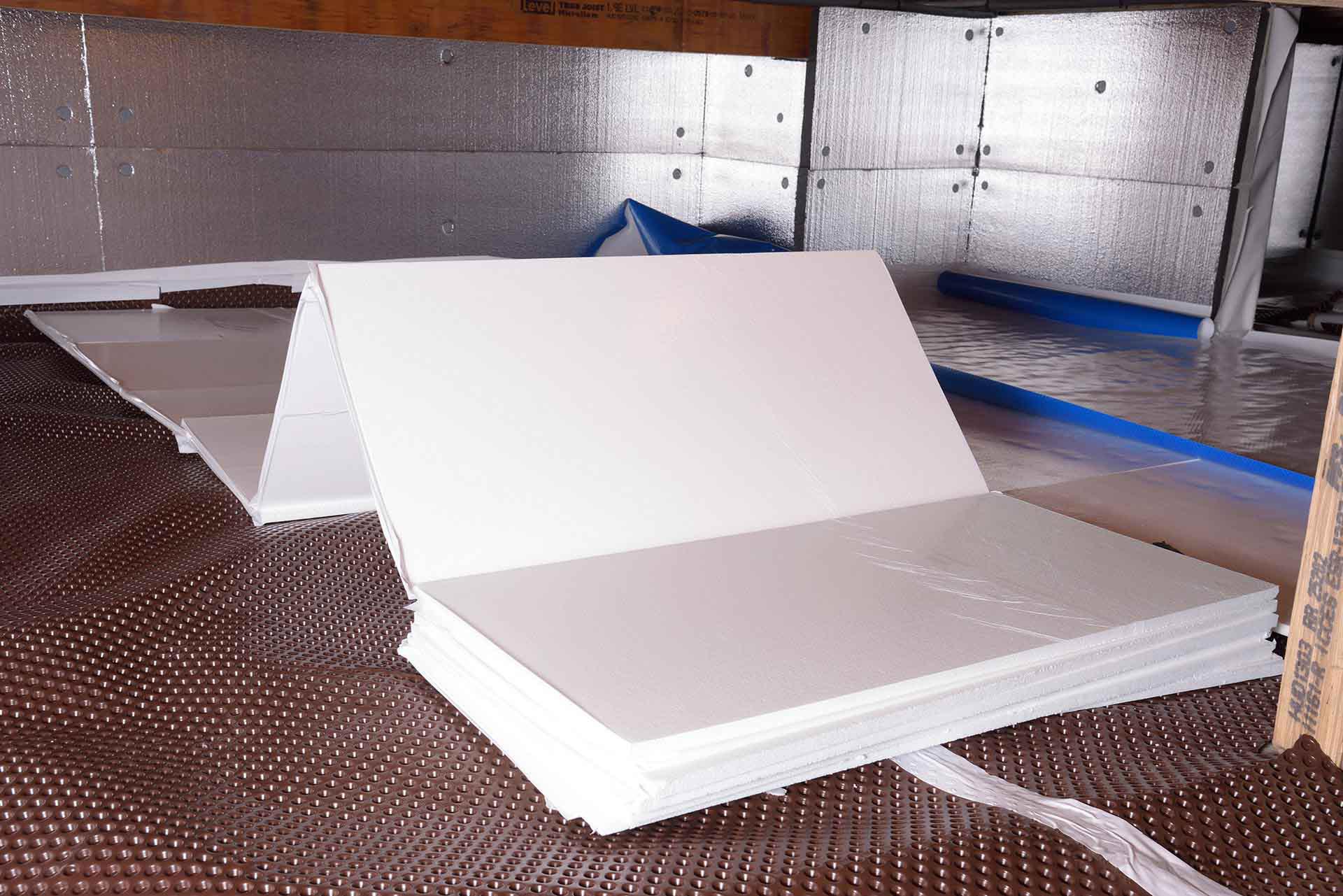
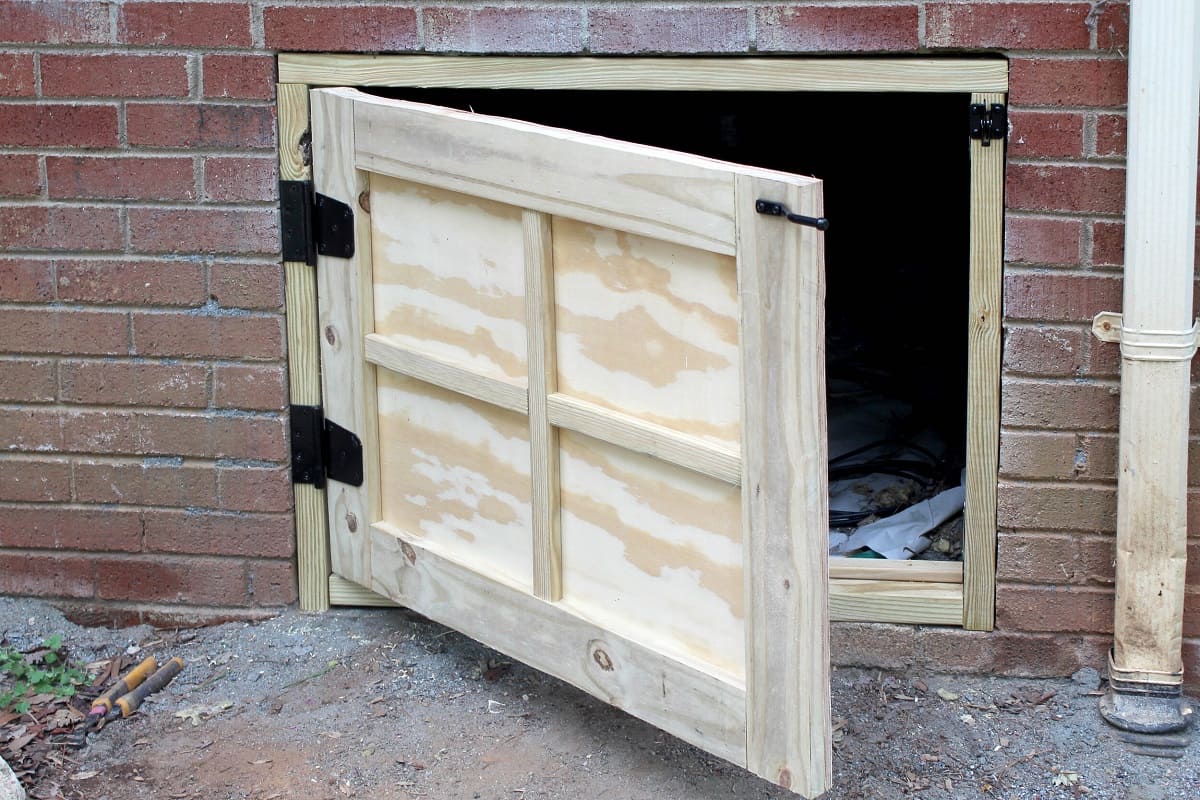

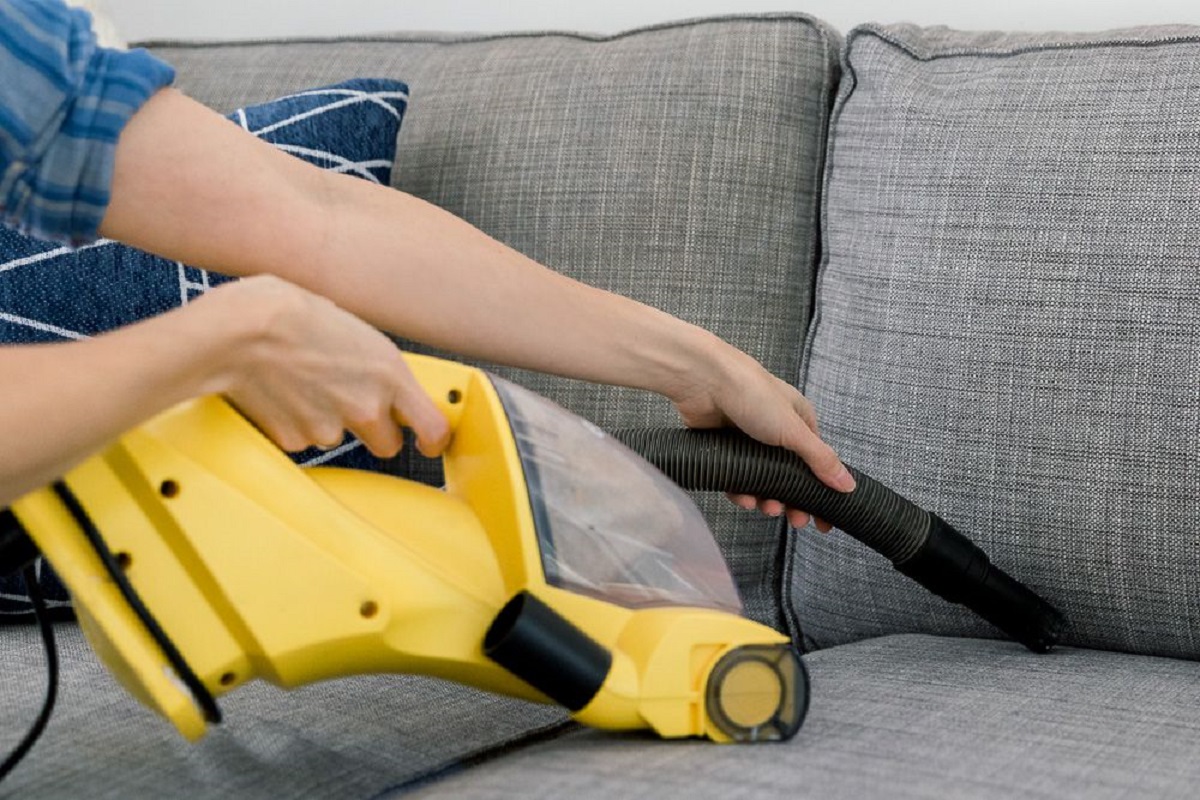
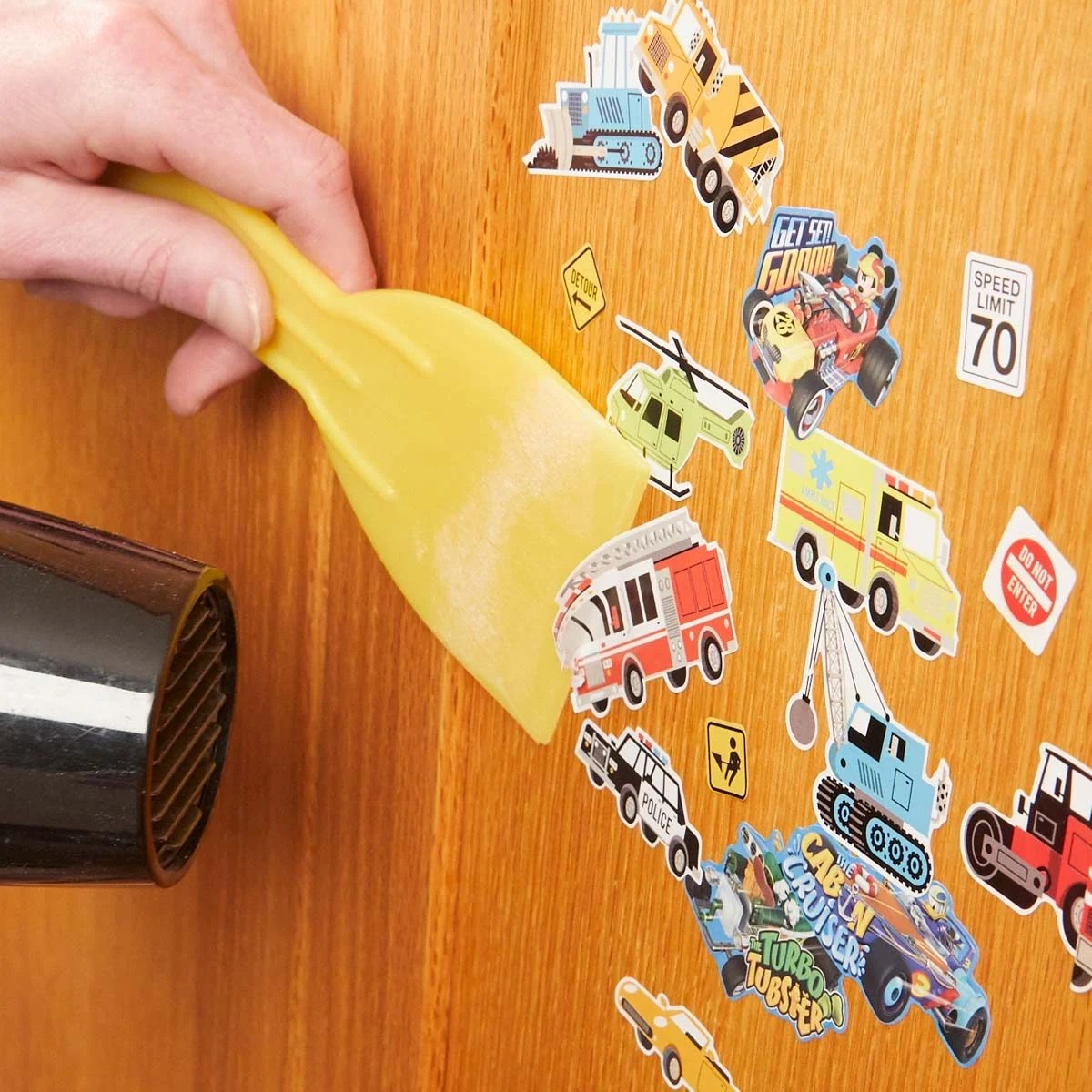
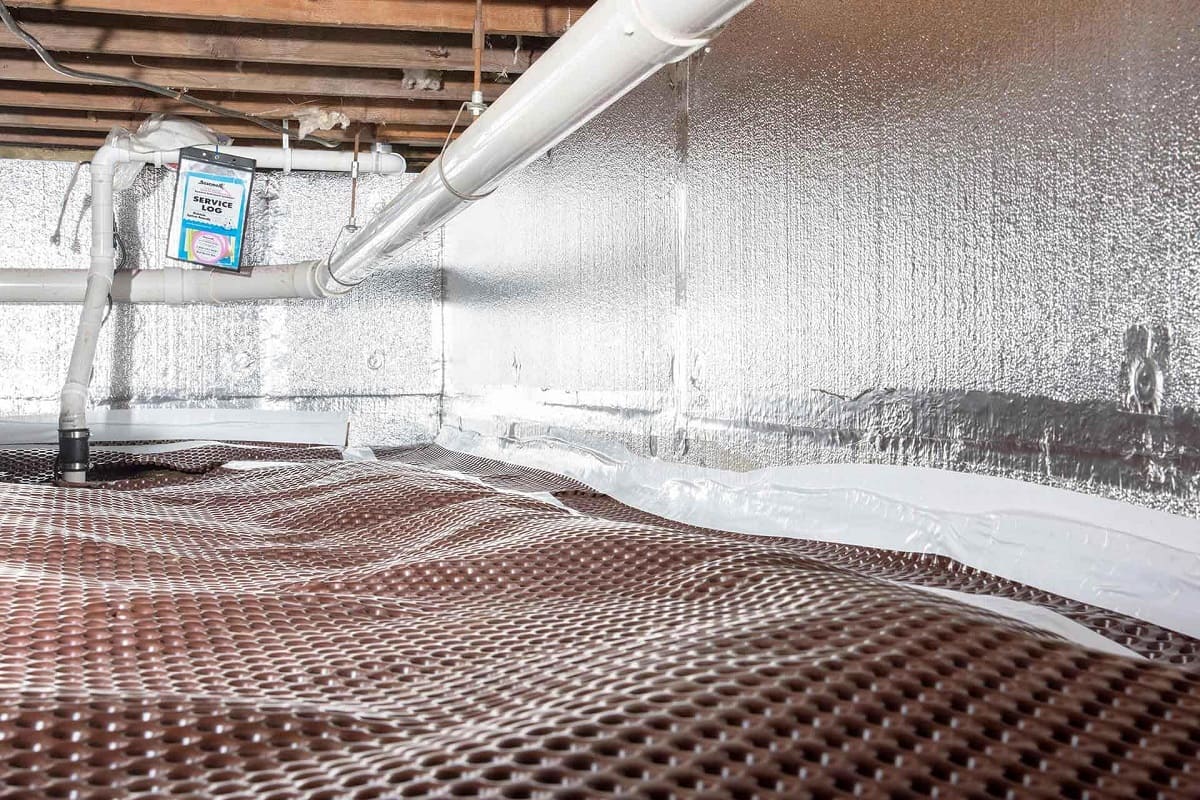
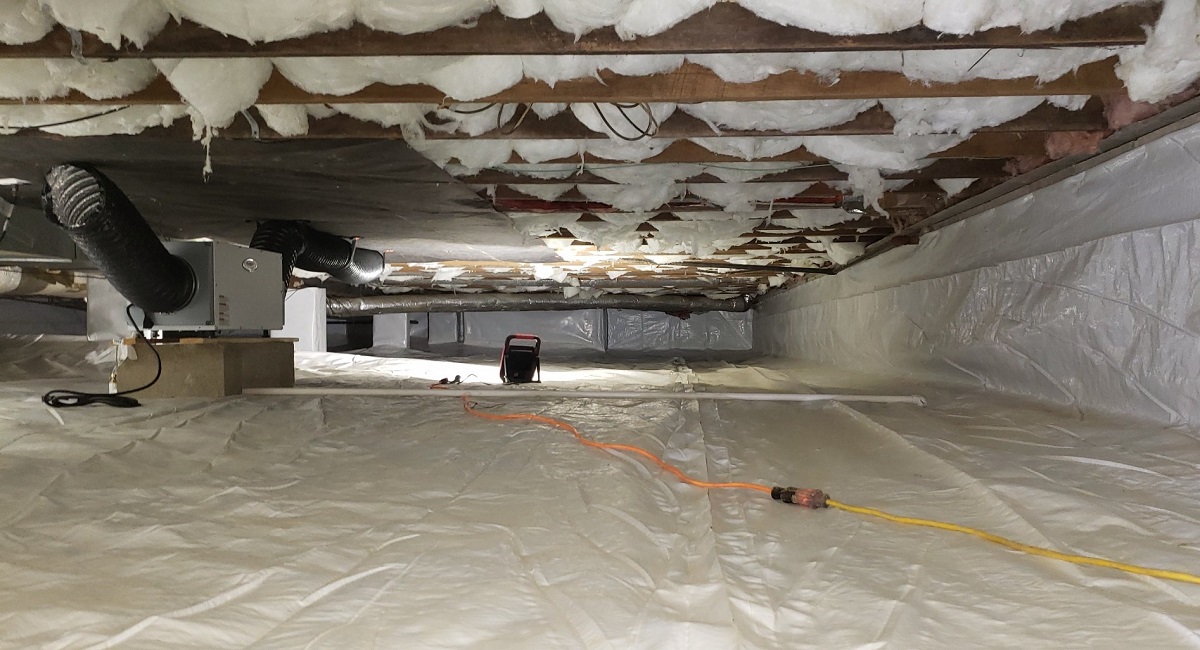
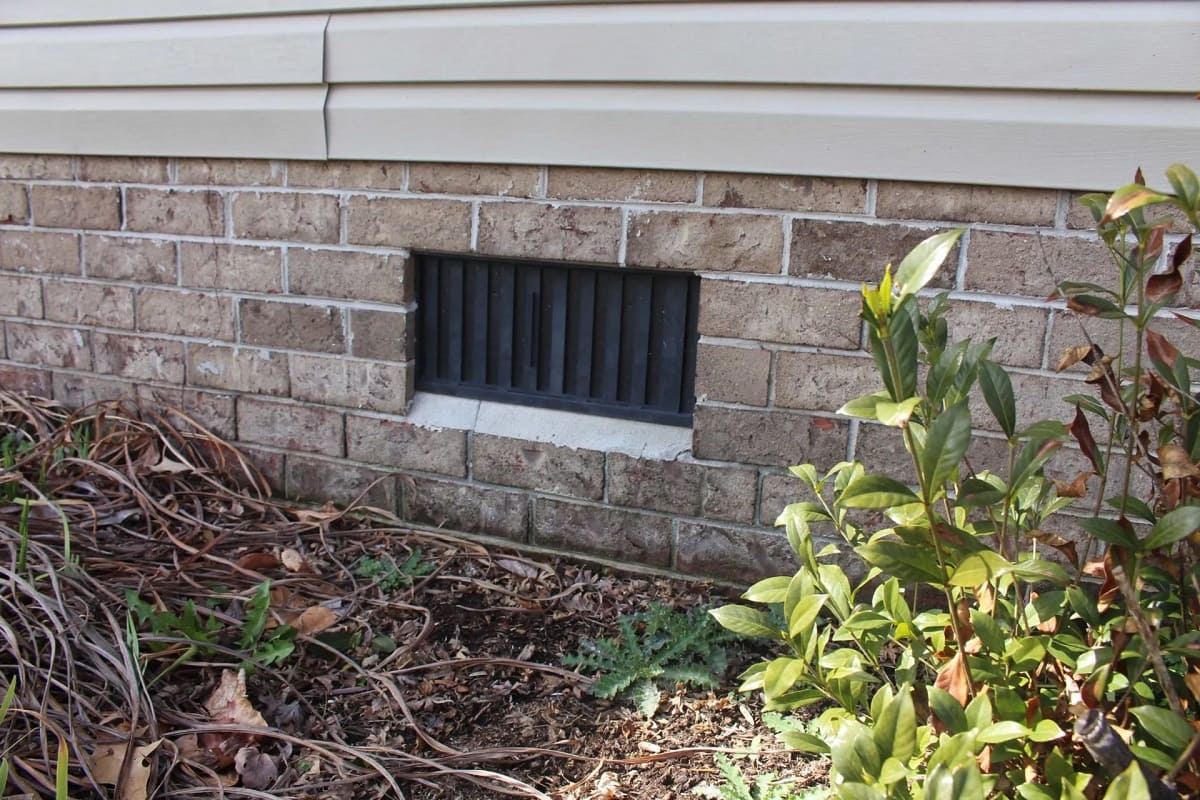

0 thoughts on “How To Remove Raccoons From A Crawl Space”